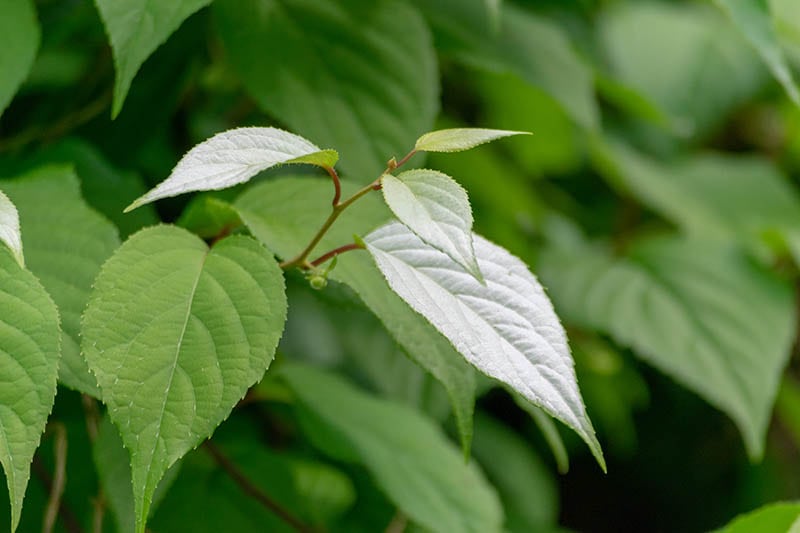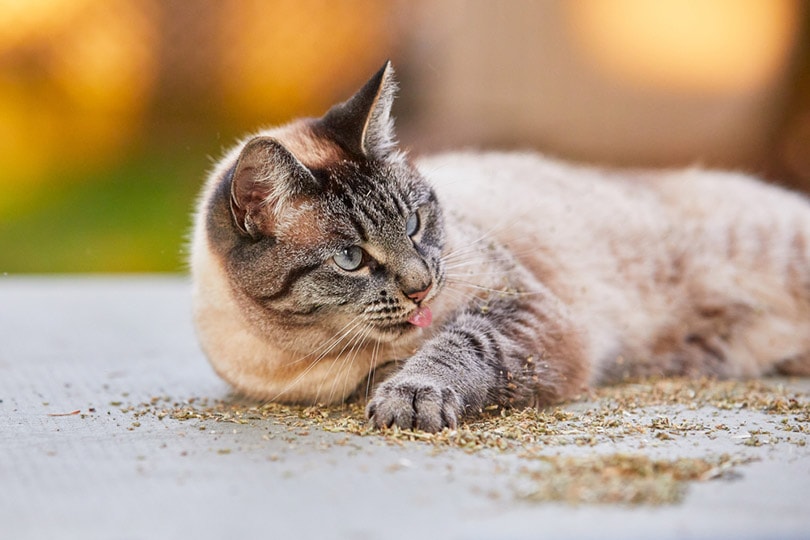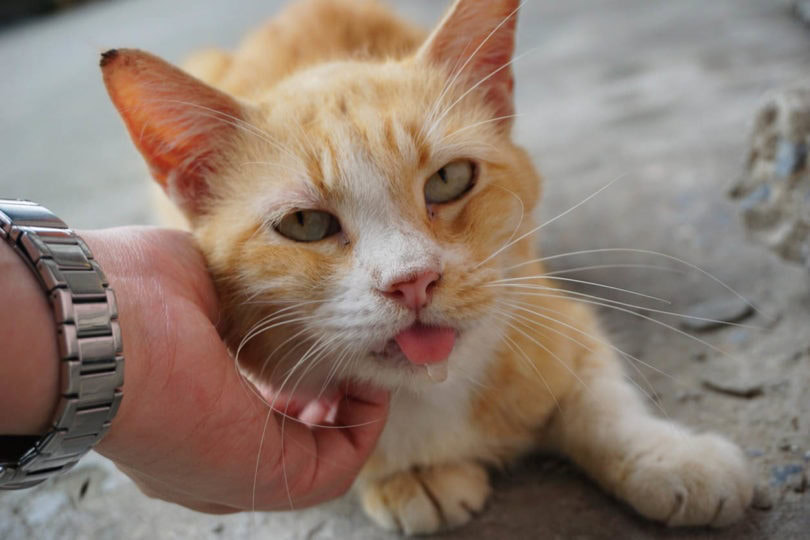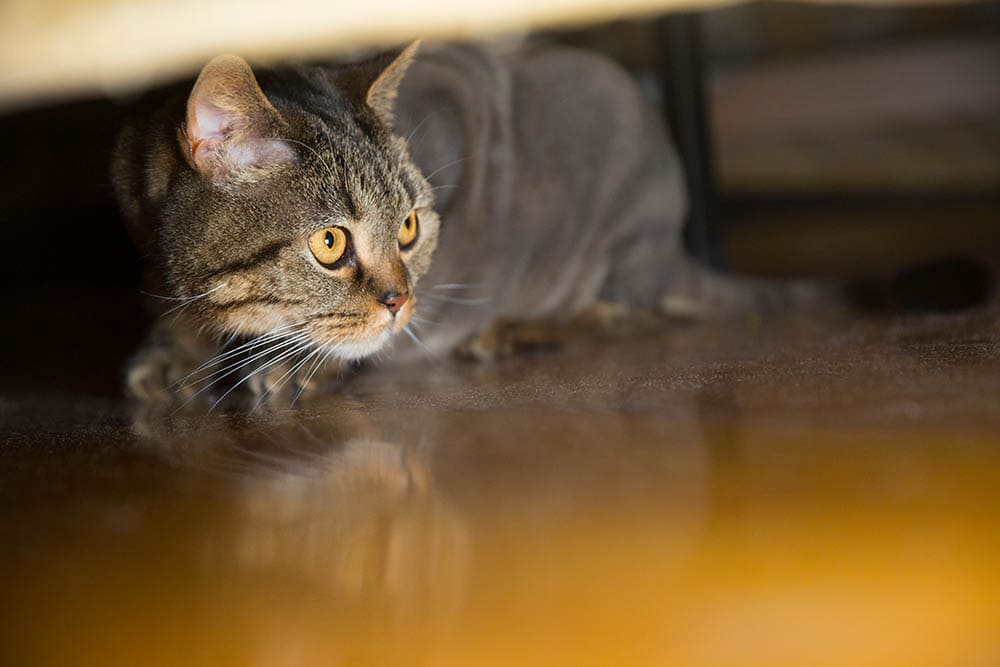VET APPROVED

The information is current and up-to-date in accordance with the latest veterinarian research.
Learn more »You don’t have to be a cat owner to know that most cats go absolutely crazy for catnip. A single whiff of the stuff and cats go rolling and meowing in pure ecstasy. So, if your cat doesn’t show much interest in catnip, you’re bound to have some questions.
If you’re wondering why your cat doesn’t like catnip, keep reading to find out.

What Is Catnip?
Catnip, or Nepeta cataria, is a small shrub that naturally produces a feline attractant known as nepetalactone. The attraction to nepetalactone is hereditary; cats that are attracted to catnip are genetically programmed to do so. Nepetalactone has also shown to be an attractant for other felids, such as leopards, lynxes, and servals.
Though widely available for purchase and often incorporated into many cat toys and products, catnip isn’t considered healthy for cats and doesn’t really offer them any noteworthy health benefits. In fact, catnip can be considered toxic for cats if ingested in large amounts1, as it can lead to vomiting and diarrhea.
Due to the fact that nepetalactone also has insect-repelling properties2, it is theorized that cats evolved to be attracted to catnip so that interacting with the plant would help them keep insects away. Nepetalactone would transfer onto a cat’s fur when they would interact with the plant. In turn, this would help keep insects away from cats when they would later hunt.
Cats are ambush predators, and remaining stationary during an ambush would leave them vulnerable to insect bites.
Why Doesn’t Your Cat Like Catnip?
The attraction to catnip is hereditary and is seen in around two-thirds (66%) of domestic cats. As such, if your cat isn’t attracted to catnip, there are only three plausible reasons.
Genetics
Around one-third of cats (33%) do not inherit the genes responsible for the attraction towards catnip. These cats have no reaction towards catnip whatsoever.
Age
It is often claimed that cats younger than 3–6 months do not respond to catnip. However, studies suggest that there’s no specific age at which the response switches on. One study found that of young adult cats (6–18 months) almost 50% fewer responded to catnip than the older cats.
The current consensus indicates that younger cats are less likely to respond to catnip than older cats.

Post-Exposure Olfactory Fatigue
When a cat who is attracted to catnip does take a whiff and shows temporary behavioral changes, the “high” tends to last around 5–15 minutes. After this, a phenomenon called olfactory fatigue sets in. During this period, the cat will not respond to catnip.
This period generally lasts a few hours. After this, the cat regains their attraction towards catnip. If your cat was rolling around in catnip a few minutes ago but has suddenly stopped, this would be the reason why.

The 3 Catnip Alternatives for Your Cat
Don’t get too worked up if your cat is completely non-reactive to catnip. Though catnip does offer cats some enrichment, it doesn’t actually cure or prevent any ailments or diseases.
There are a couple of catnip alternatives you could explore. They include:
1. Valerian Root (Valeriana officinalis)
Humans have used valerian root to cure insomnia, anxiety, and restlessness since the second century. The root, however, has an effect similar to catnip on cats.
It’s worth noting that valerian root has a strong, funky, cheesy smell. It’s not the most pleasant smell for your human nose!

2. Silver Vine (Actinidia polygama)
Silver vine contains the iridoid nepetalactol, which has an effect on cats similar to that elicited by nepetalactone. Research suggests that cats that don’t respond to catnip often do respond to silver vine, and the behavioral response tends to be more intense4.

3. Tartarian Honeysuckle (Lonicera tatarica)
The Tartarian honeysuckle is one of the lesser-known species of the honeysuckle plant. The plant has a compound almost similar to nepetalactone, but not the same. However, the effect the plant has on cats is similar to catnip. Of the cats that don’t respond to catnip, approximately one-third do respond to Tartarian honeysuckle.
The plant, however, is considered toxic for humans and as such, you shouldn’t consume it (or its berries). You shouldn’t feed it to your cat either—the attractant is produced by the plant’s wood and is something your cat smells. Your cat doesn’t have to consume the plant to experience a behavior change.

Final Thoughts
Don’t get too worked up if your cat doesn’t seem to like catnip. There’s no distinctive advantage to having a cat attracted to catnip. Nonetheless, alternatives to catnip do exist if you’re curious. Do note though that consumption of any plant (including catnip) can lead to episodes of digestive distress in cats.
Featured Image Credit: Pixel Cat Photo, Shutterstock











